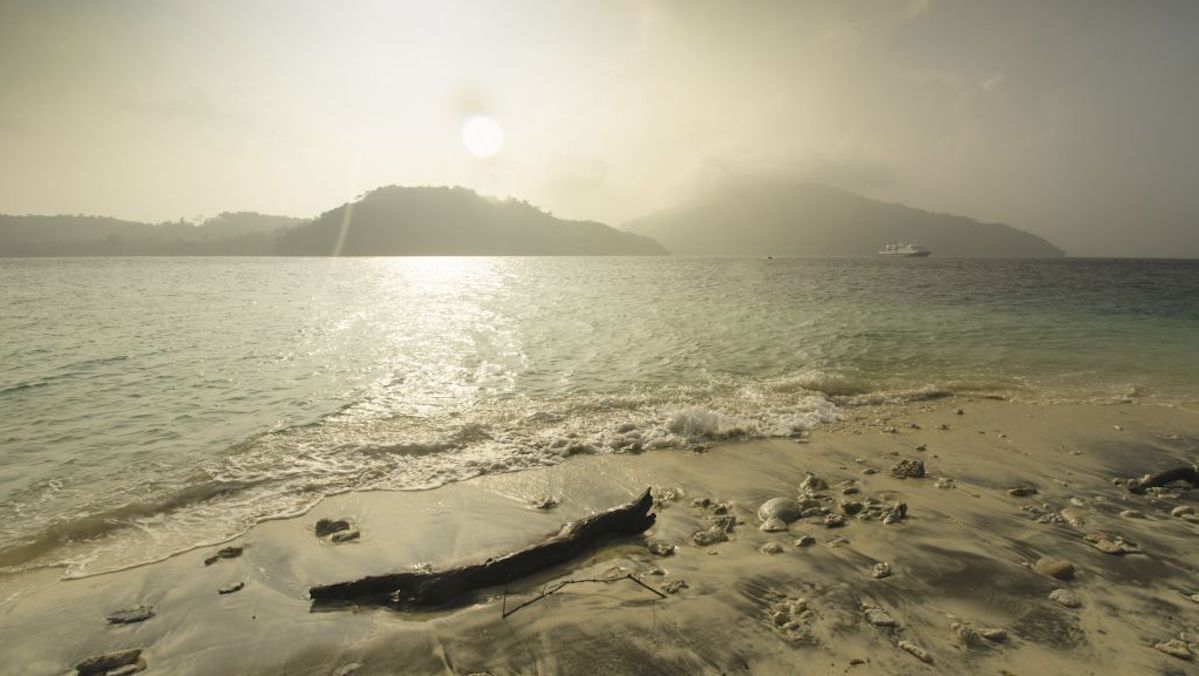New discovery sheds light on the peopling of the Pacific
22 April 2022
/Amalyah Hart
An epic migration story is revealed through a piece of pottery.

Papua New Guinea was a launching point for the population of the Pacific Islands 3,000 years ago. Credit: Loop Images/Getty Images
Scientists think they may have found the smoking gun that explains why humans colonised the thousands of scattered islands of the South Pacific – and it lies in a sherd of pottery found hidden on a small island in Papua New Guinea (PNG).
The peopling of the Pacific islands is one of humanity’s most epic migration stories. In just three millennia, an ancestral cultural group called the Lapita spanned a third of the Earth’s surface, reaching some of the most isolated landmasses on the planet.
As they moved, these ancestral Pacific Islanders are thought to have brought with them Austronesian languages, new domestic animals species like pigs, dogs and chickens, and a distinctive kind of pottery.
“For a long time it was thought Lapita groups avoided most of Papua New Guinea because people were already living there,” says Ben Shaw, lead researcher of the new study published today in Nature Ecology and Evolution. But, as this new research shows, that wasn’t always the case.
More:
https://cosmosmagazine.com/history/archaeology/pacific-islands-migration-new-discovery-png/
